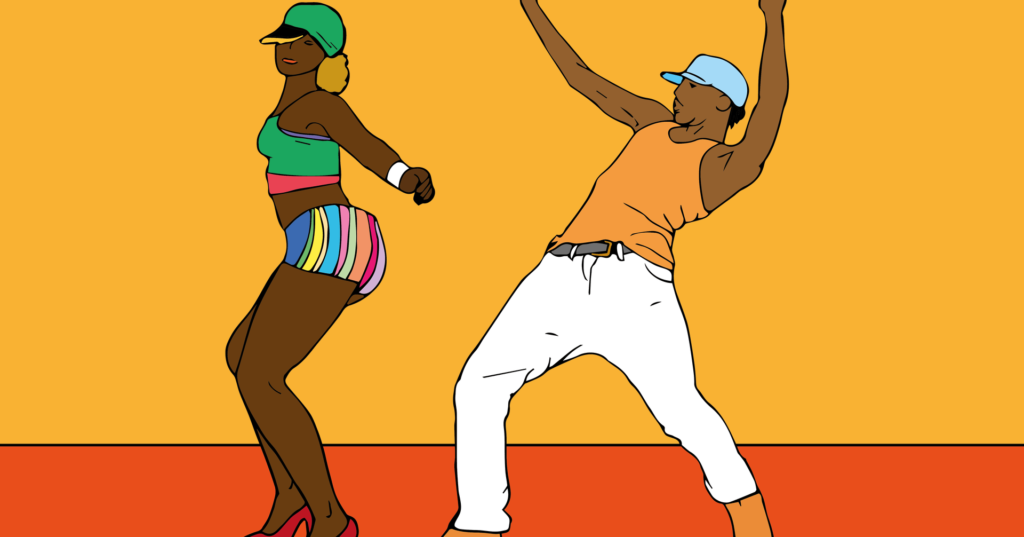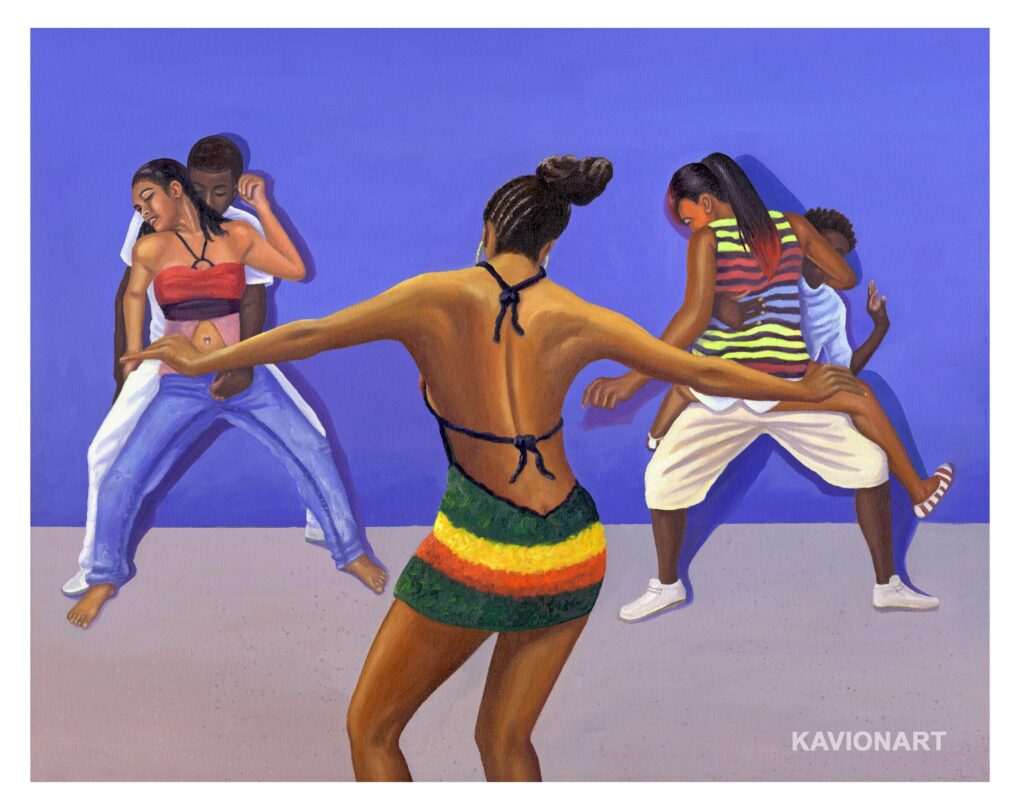
A Cultural Tapestry Unveiled: The Roots of Dancehall Dancing
Dancehall, born out of reggae in 1970s Jamaica, is not merely a musical genre but a cultural phenomenon tightly interwoven with dance. Many dancehall songs are dedicated entirely to the intricate and lively moves that make up this expressive dance form. The synergy between the music and dance in dancehall is unparalleled, creating an immersive experience that captivates both the performer and the audience.
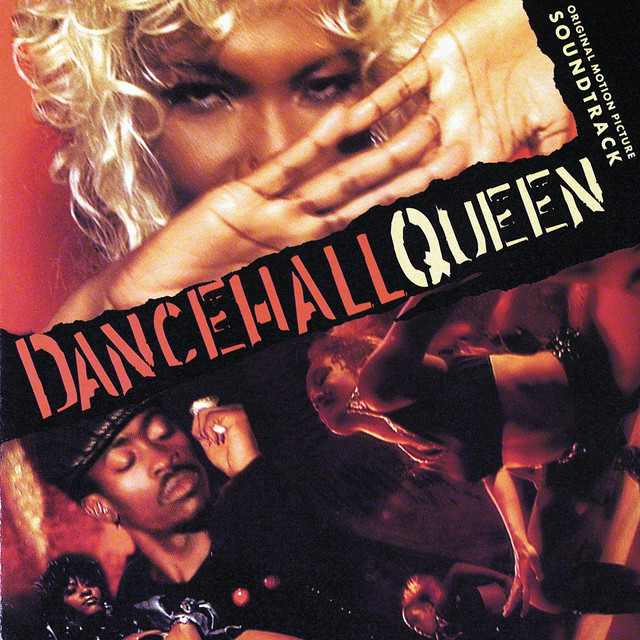
A Revolution from the Streets: The Development of Dancehall Dancing
The genesis of dancehall can be traced back to the 1940s when residents from the inner city of Kingston, unable to attend uptown dances, created their own spaces for revelry - dance halls. Fast forward to the socio-political changes in Jamaica during the 1970s, and the roots of dancehall began to deepen. Local artists shifted their focus from internationally-driven reggae to embrace and celebrate their own culture. This pivotal moment marked the emergence of the modern form of dancehall, both in music and dance.
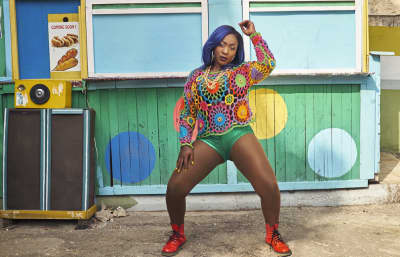
Dancehall Dancing: An Underrated Art Form
Despite its historical and cultural significance, dancehall dancing often faces unjust criticism and lack of recognition. The intricate footwork, body isolations, and the pulsating energy that characterize dancehall are expressions of joy, resilience, and creativity. However, these elements are sometimes overshadowed by misconceptions and prejudices.
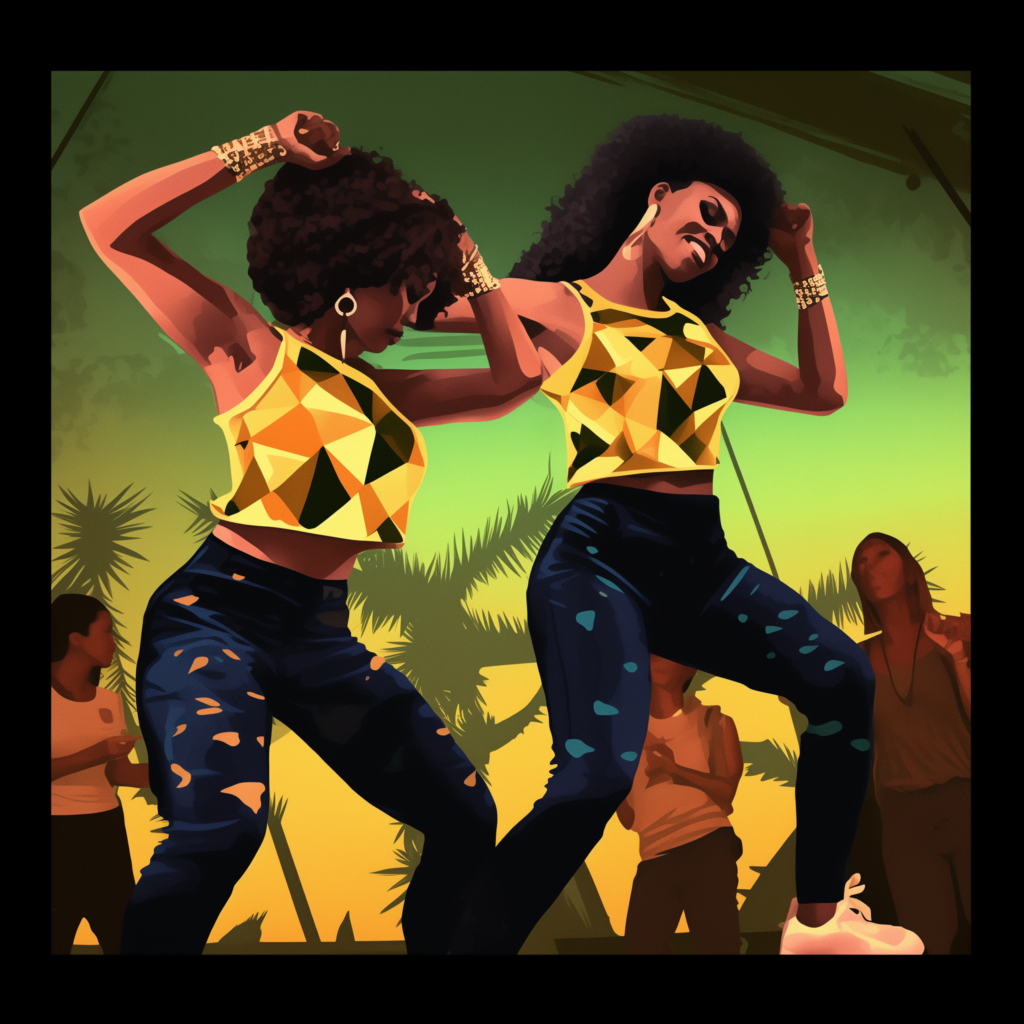
Why Dancehall Dancing Deserves Respect
Cultural Heritage: Dancehall dancing is deeply rooted in Jamaican culture, reflecting the vibrancy and dynamism of the people. It serves as a vital link to the island's rich history and traditions.
Innovation and Influence: Many popular dance moves seen in mainstream genres like hip-hop have their origins in dancehall. The influence of dancehall can be witnessed in a plethora of global dance trends and music videos.
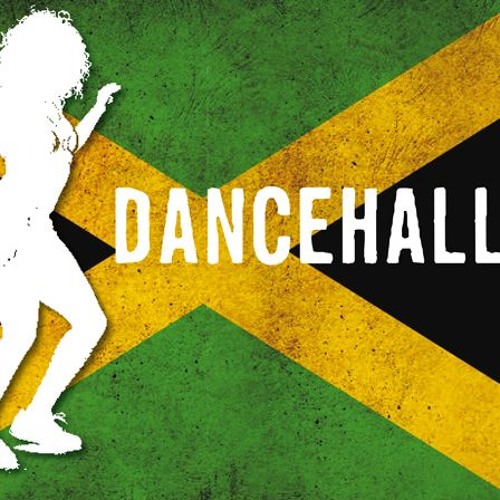
Social Expression: Dancehall dancing is not just about movement; it's a form of social expression. It provides a platform for individuals to express their emotions, tell stories, and celebrate life.
Inclusivity: Dancehall is inherently inclusive, welcoming people from all walks of life to join in the celebration. It transcends cultural boundaries, fostering a sense of unity and camaraderie.

Artistic Complexity: The complexity of dancehall moves, from the iconic "Nuh Linga" to the lively "Genna Bounce," showcases the skill and artistry involved. It requires precision, rhythm, and a deep connection to the music.
In conclusion, dancehall dancing is not just a form of entertainment; it's a cultural treasure deserving of respect and recognition. Its roots run deep, its influence is vast, and its impact on global dance culture is undeniable. As we continue to appreciate the diversity of dance forms worldwide, let us shine a spotlight on dancehall and celebrate the richness it brings to the tapestry of human expression.
